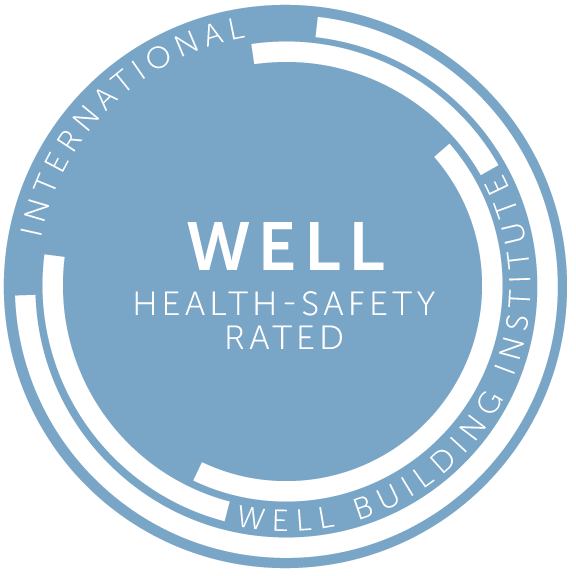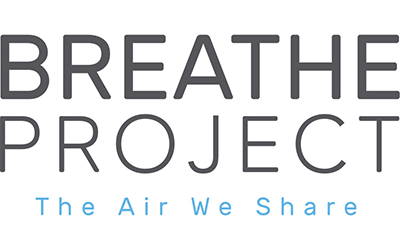Problematic Progress: Potential Impacts of Oil, Gas, and Petrochemical Development on Air Quality and Health in Southwest Pennsylvania
Jim Fabisiak, Ph.D. | Director of the Center of Healthy Environments and Communities, University of Pittsburgh Graduate School of Public Health
Watch This Presentation:
The abundance of natural gas contained within the Marcellus Shale play underlying much of PA and OH has been portrayed as an abundant natural resource that promises a re-awakening of regional economic opportunity with job growth, domestic manufacturing, and energy independence. The advent of unconventional natural gas drilling (UNGD) techniques (horizontal drilling, hydraulic fracturing) means that once inaccessible stores of natural gas can now be extracted in abundance. These extractive activities are accompanied by a vast supporting infrastructure for collection, processing, and distribution of product. Methane can be used for energy generation and, although cleaner than some fossil fuels, still represents a carbon-based energy source that contributes to global climate change. Moreover, natural gas liquids (ethane, propane, etc.) can be refined from crude natural gas and used as feedstocks to create a variety of petrochemicals required in the chemical and plastics industries. However, such activities have great potential to emit large amounts of hazardous air pollutants that can affect health of people nearby, pose significant risks of large-scale industrial disasters, and contribute to an economy that continues our dependence of fossil fuel and provokes climate change.
My talk will first provide a brief overview of recent expansion of oil and gas extraction in PA, as well as proposed petrochemical development and highlight some of the studies that document increased risk of adverse health effects associated with such. Residing in close proximity to UNGD wells has been associated with increased risks of asthma, adverse birth outcomes, cancer, and other untoward health effects. Not surprisingly, these same adverse effects can be observed in people living close to major petrochemical industrial facilities throughout the world.
Possible hazards associated with UNGD activities include air, water, noise, light pollution, as well as, psychological stress and social disruption. Specific air pollutants like volatile organic compounds (VOCs), PM2.5, NO2 and others will be highlighted. The marked heterogeneity in releases of these from different sites means that it is very difficult to predict the impacts at any single location and confounds the ability to assess risks based on a limited number of discrete measurements. Demonstratable releases from oil and gas activities are major contributors to air pollution burden, especially in rural counties, and estimated releases from proposed petrochemical facilities promise such sites to be major contributors to air pollution. For example, the proposed release of VOCs (480 tons/yr) and NO2 (325 tons/yr) from the future Shell Petrochemical Ethane Cracker in Beaver County will the equivalent to the release of these same ozone precursors from approximately 35,000 motor vehicles. Imagine adding 25% more automobiles to current traffic in Beaver county. Moreover, the additional amounts of VOCs added to the atmosphere per year would be greater than at any time seen since 1990.
The potential for large-scale catastrophic industrial incidents within the oil and gas sector is extremely high. The Texas City Disaster in April of 1947 destroying the Monsanto and other refineries Texas gulf coast represents the deadliest industrial accident in US history. More recently, the Deepwater Horizon Gulf oil spill, Lac Megantic oil train fire, and additional refinery fires highlight the continued risks.
Discussions around the pros and cons often evolve into two opposing fronts each calling for either an outright ban of such eminently dangerous activities or a blanket statement attesting to total safety and lack of risk. Instead, both sides need to appreciate that oil, gas, and petrochemical development creates novel opportunities and potential for exposures to hazardous agents and situations that may negatively impact human, community, and environmental health, asking then “What is the magnitude and how best to manage the risk?”. As well as acknowledging the uncertainties. The presentation will close with posing some questions to assist in the discussion of these risks from not only a health perspective, but also economic, community resilience, and global sustainability scale.

About the Speaker
Dr. Fabisiak attended Syracuse University (BS) and Cornell University (MS) prior to receiving his Ph.D. in Pharmacology at the Pennsylvania State University School of Medicine. He did post-doctoral training at the University of Vermont and was the recipient of a Parker B. Francis Fellowship in Pulmonary Biology and Respiratory Medicine. He is currently Associate Professor of Environmental & Occupational Health and Director of the Center for Healthy Environments and Communities at the University of Pittsburgh. Being a mechanistic toxicologist for much of his career, he studied the cellular and molecular responses of injury, inflammation, repair and pathologic changes following environmental insult. He has received funding from the NIH, EPA and other sources and contributed to over 50 peer-reviewed publications. More recently, he has “expanded his portfolio” to studying public and community health risks associated with air pollution, oil and gas development, and marine oil spills. He is an author of several PRETA reports examining air quality issues in Southwest PA.




